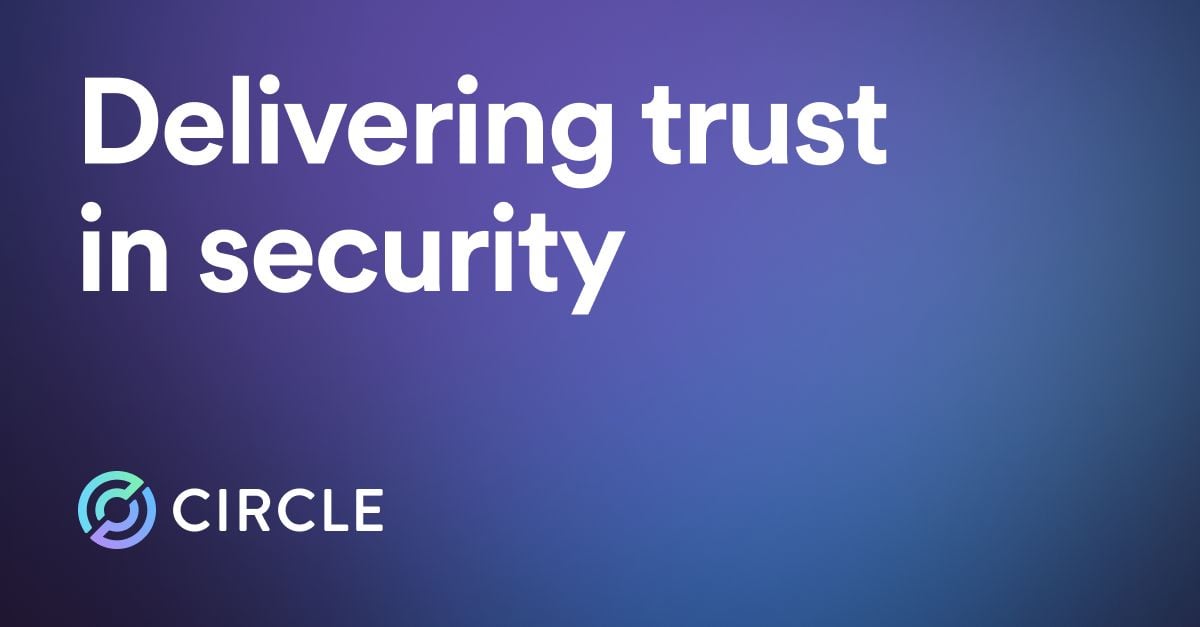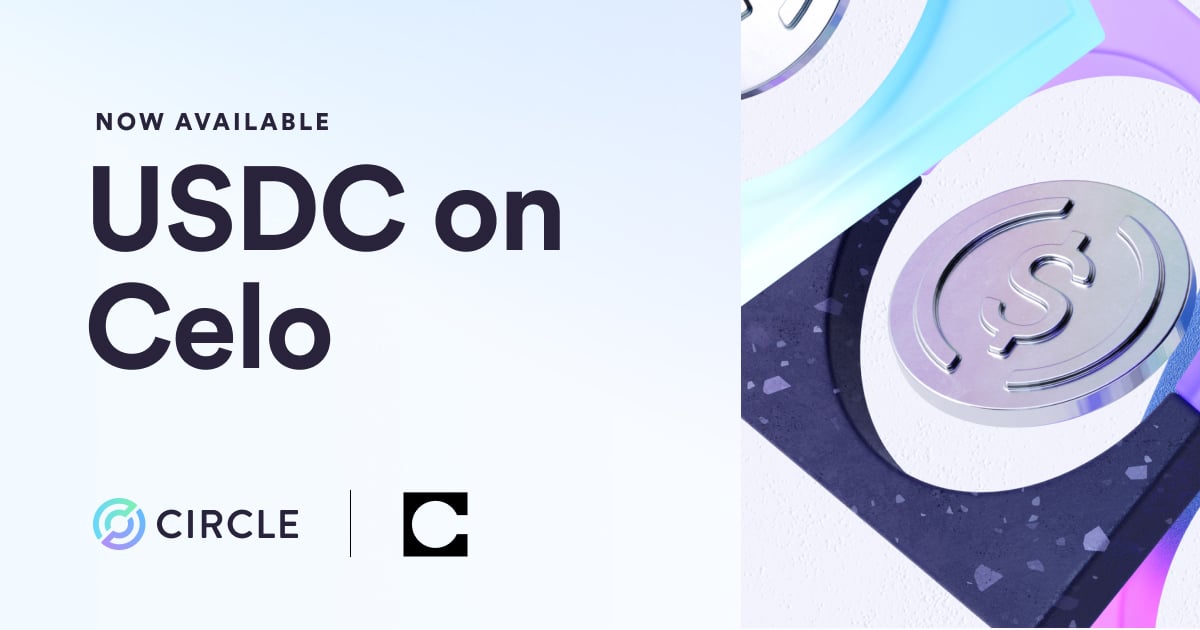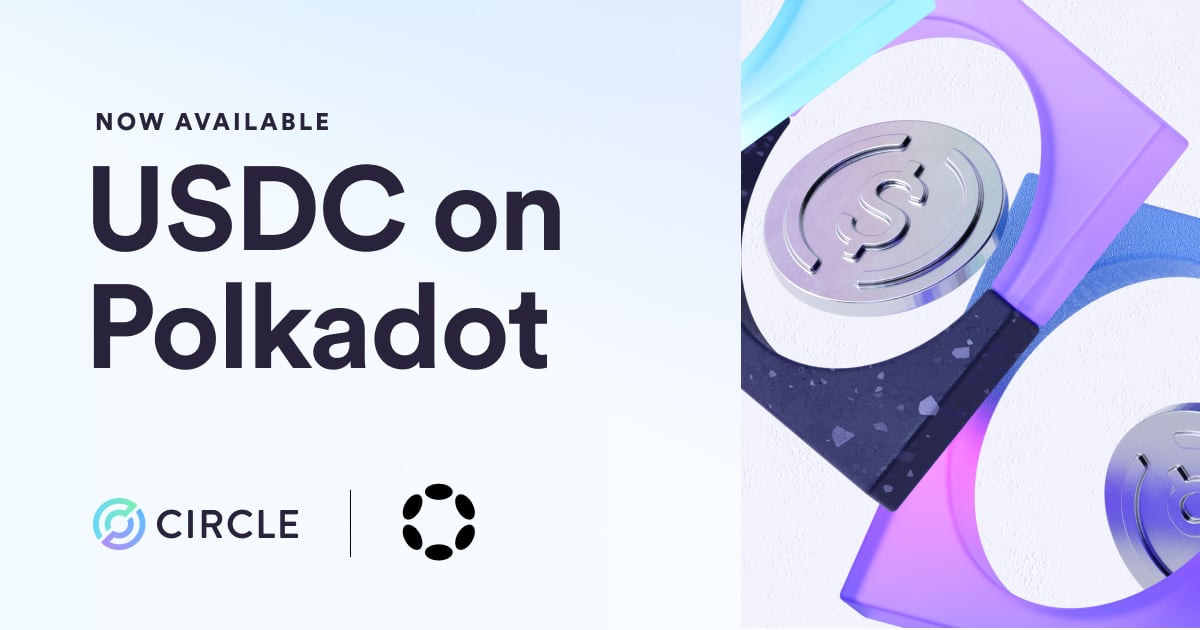A few weeks ago, Circle co-founders Jeremy Allaire and Sean Neville sat down with Michael Casey at the CB Insights “Future of Fintech” conference. They covered a lot in their 20 minute conversation. Below are highlights, broken into segments, with links to further reading.
The Future Of Finance, the Future of Crypto
JEREMY (18 min. mark): “The future of finance looks more like internet marketplaces that we know today. The Amazon marketplace, the Alibaba marketplace, the Google AdWords marketplace that have incredibly long tails, that support market participants of any size-from an individual who needs capital to a small business that’s raising capital to people who at the individual level want to save and invest. And that can be driven through electronic marketplaces that exist entirely on the internet and where all that’s executed in code using this kind of infrastructure. Ultimately, that’s what we’re interested in: building these multi-sided marketplaces for capital, where there’s a supply-side of that which is these tokenized forms of securities…and there’s a demand side of that which is ultimately hundreds of millions if not billions of people who use these digital wallets to save, invest, etc.”
The most succinct description you’ll ever hear about the global regulatory uncertainty crypto companies are trying to navigate
SEAN (19 min. mark): “That’s where the web analogies breakdown; the web of content is largely unregulated and this is clearly a heavily regulated industry. When we talk about moving trust relationships into code and into software, how do we do that in a safe way for investors? How do we police financial crimes? How do we encode that in a system? That’s something we’re all still grappling with. And the guidance is very different in the United States say versus European countries versus what’s happening in Asia. As this is a global effort, that makes it very complicated to navigate. We work very closely with regulators, we work very closely with government partners around the world to try to help bring crisp guidance because that’s ultimately what we’re looking for, is to understand what really is the guidance and how do we innovate and move this forward in a way that’s beneficial to everyone and yet safe for everyone.”
Further reading:

The Future of Finance, Circle, Stablecoins, and Payments
SEAN (12 min. mark): “Ultimately, we’d like to build more interesting, higher-level products and services that leverage stablecoins; so whether you’re raising capital, whether you’re lending money, whether you’re investing in some form, it makes sense to have some price-stable, but globally distributed token to be able to use for those things…Ultimately, we don’t see any business model at all in payments, in as much as money is just data that should be distributed on the internet- the internet tends to want to make transmission of data free…If money is another type of content on the internet, then the simple transmission of that money should go to zero.”
JEREMY (8 min. mark): “CENTRE, which we initially formed with Coinbase…but is now open to other fintech companies, financial institutions that want to become issuers of stablecoins on the CENTRE network. Really critical is we don’t believe that fiat money, in digital currency form, should be from a single company, it should be a standard that lots of companies implement and then have those fiat currency tokens be fungible and interoperable with each other. And so if Fintech A is an issuer of stablecoins then Fintech B or Bank B you should be able to redeem those with them…it should all flow freely across those..our approach is it’s an open standard, it’s an open-source project, it’s a governance scheme that deals with things like compliance, legal, regulatory issues with issuing these types of stablecoins…Our view is that stablecoins need to exist across many different blockchains. You can think of blockchains as a little bit like operating systems…they’re decentralized operating systems…and there’s an incredibly diverse range of those emerging…You don’t want to have a stablecoin model that’s tied to one blockchain, it’s sort of like saying you can only browse the web using Windows…The sort of openness of the approach, the openness of the consortium model, the open architectures, is certainly a significant difference from anything out there today.”
Further reading:
- CENTRE Stablecoin Network Open for Business
- CENTRE website
- Circle’s CEO tells Bloomberg Facebook’s entrance into crypto is a bullish sign
Does blockchain represent the end of banks?
JEREMY (14 min. mark): “We need to work with significant banks. Banks want to grow their Assets Under Management (AUM) because that’s their fundamental business model…The advent of stablecoins creates opportunities for the banks that are really focused on growing their AUM, it creates tremendous opportunity as you go from what is currently billions of dollar value in AUM to as you have stablecoins proliferate…potentially hundreds of billions or eventually trillions of dollars. So it’s a huge opportunity for banks ultimately as well.”
Blockchain vs. the Internet
JEREMY (3 min. mark): “One of the fundamental issues then…was that the expectations for what you could do with the web, for example back in the late 90s, was really not connected to reality. Like the actual what you could do with these products and services you were building, the internet was really slow, there was no broadband, there were no mobile devices, there was a lot of expectation but not a lot of delivery….but then people kept building and infrastructure got better and real business could be built…in the crypto space it’s a little bit similar in that you had a lot of excitement, people saw a new way to form capital to access these trading markets, obviously a lot of problematic projects in there, too…now you’re seeing…an incredibly large number of teams were executing really compelling next gen technologies in the space and it was just everywhere. If you were close to the space you could see that the innovation curve was actually accelerating. People started to realise that and that has ultimately brought not just existing long conviction in the space back in, but I think just now starting to bring in a new range of investors.” (5 minutes)
SEAN (6 min. mark): “When Amazon was built HTTP existed, TCIP existed, the infrastructure was there. Bezos and team didn’t need to build the web in order to build that. To some degree, some of the products and services that we’re looking at building on top of crypto it’s almost as if we’re building the equivalent of a global system…while we’re still figuring out the infrastructure…it’s as if HTTP isn’t quite there yet to be able to support such things. We realize that we need to invest in the development of this infrastructure.


